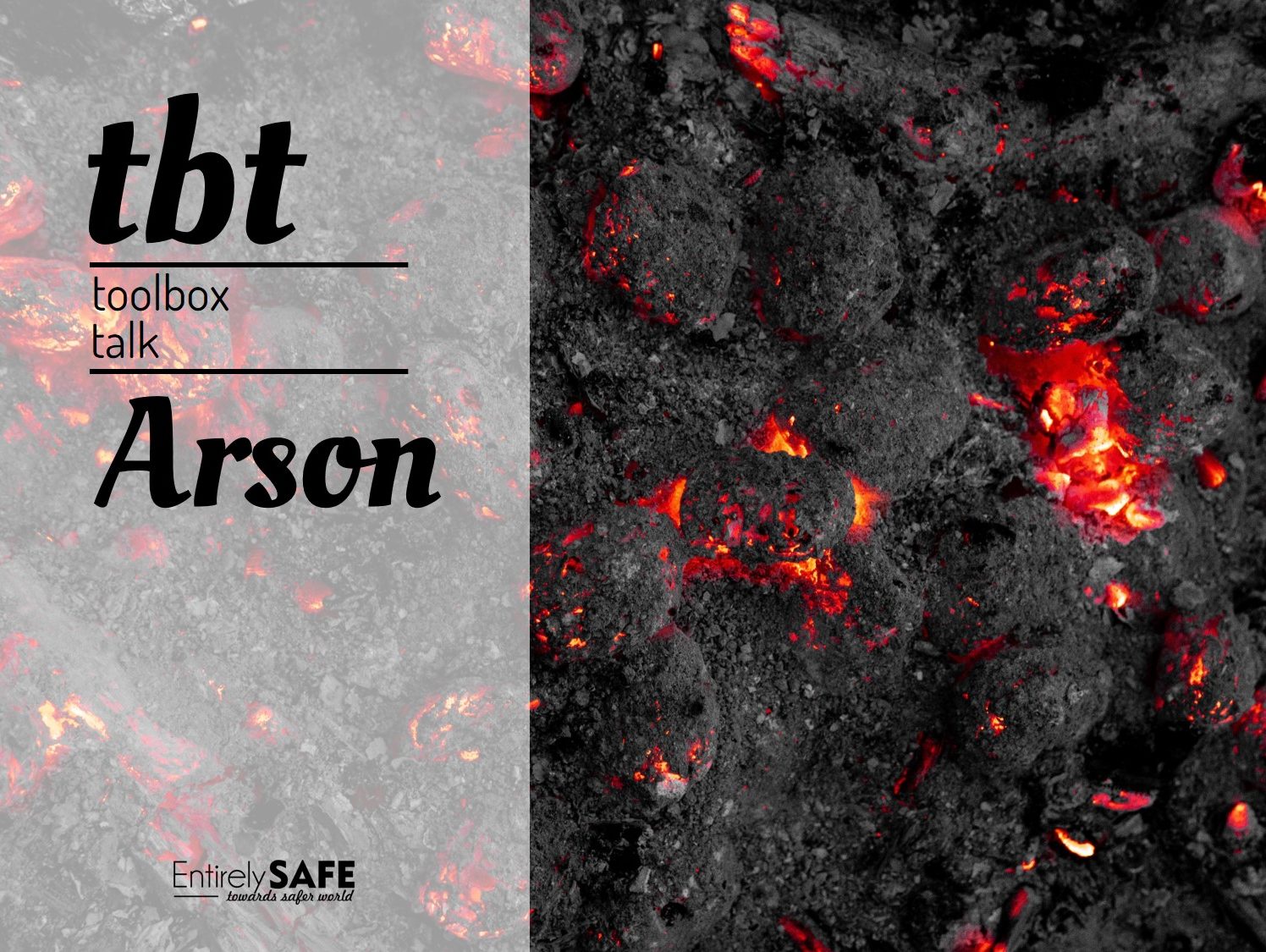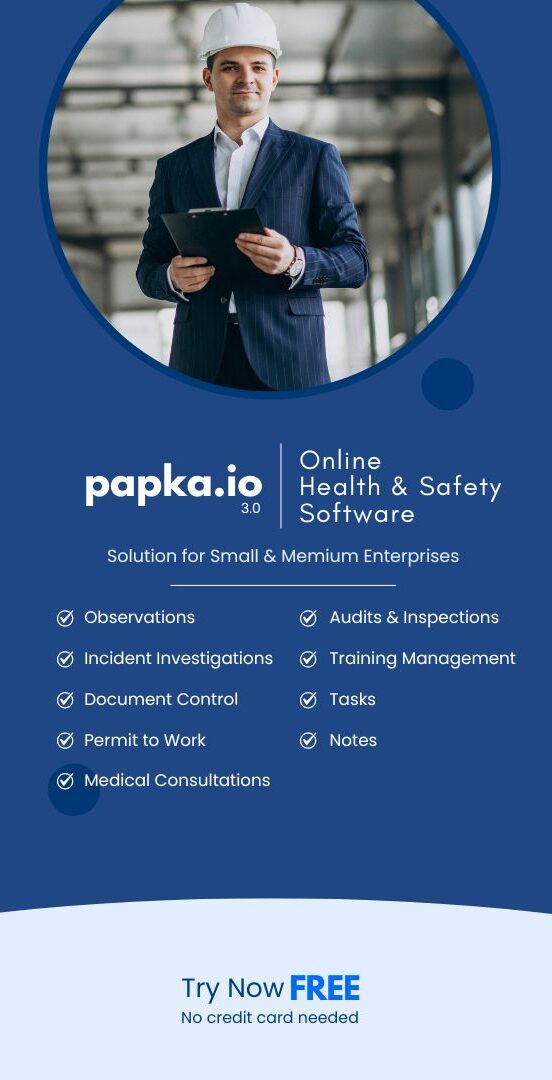Arson Toolbox Talk

Before the Toolbox Talk
This safety talk is designed for discussion leaders to use in preparing safety meetings. Set a specific time and date for your safety meeting. Publicize your meeting so everyone involved will be sure to attend. Review this safety talk before the meeting and become familiar with its content.
Make notes about the points made in this talk that pertain to your workplace. You should be able to present the material in your own words and lead the discussion without reading it.
Seating space is not absolutely necessary, but arrangements should be made so that those attending can easily see and hear the presentation. Collect whatever materials and props you will need ahead of time. Try to use equipment in your workplace to demonstrate your points.
Give the safety talk in your own words. Use the printed talk merely as a guide. The purpose of a safety meeting is to initiate a discussion of safety problems and provide solutions to those problems. Encourage employees to discuss hazards or potential hazards they encounter on the job. Ask them to suggest ways to improve safety in their area. Don’t let the meeting turn into a gripe session about unrelated topics. As a discussion leader, it’s your job to make sure the topic is safe. Discussing other topics wastes time and can ruin the effectiveness of your safety meeting.

Toolbox Talk: Arson Be on the Alert
Recently we have heard about the increase in fires of suspicious origin. This usually means that fire department investigators think someone set the fire. We're hearing of arson more and more, especially in older areas of large cities. But actually it is happening everywhere.
Because fire is one of the greatest causes of death in the work place, and because arson is increasing, we have to make sure that we don't lose our jobs or get hurt because of the actions of arsonists. What can we do?
We must all watch out for questionable actions, not only of people we know and work with but also actions by outsiders and employees we don't know.
Let's look at an example. Joe, whose job does not require him to work with gasoline, is seen hurrying with a gasoline can to a remote, infrequently used storage closet. He is doing this 20 minutes before quitting time, and this is the last sift of the day. Joe has been upset lately. As he is running with the can, he appears to be watching for anyone who might see him. What do you do?
You could do two things. Report the incident to your supervisor or, if you know Joe well enough, tell him you see he is in a hurry and ask if you can help him. If you let him know that you have seen him, chances are if he did have any bad intentions, he would change his mind.
Now let's look at another example. Bill has been accumulating various combustibles in a place where they are not likely to be disturbed. Bill also tends to stay after working hours, waiting until everyone has left. What do you do?
You do just about what was recommended in the first case. You could tell Bill in a nice way that he's making the clean-up crew work overtime, or you could report the condition to your supervisor. The chances are that Bill will not take the risk of doing what he set out to do, if he had planned to.
If you see a stranger performing similar actions, tell your supervisor immediately.
A word of caution: Think things out, be tactful and be sure you're not jumping to conclusions. You could not only hurt someone's feelings but you could also put yourself in an awkward position. However, no supervisor will hold it against you if you report unusual actions. If your suspicions have no grounds, there's no harm done. Your co-workers should appreciate your effort to save their jobs and even their lives.
Interactive Discussion
- Have you or someone you know been injured or nearly injured while carrying out this activity? What happened?
- How can we stay safe today?
- What do we do at the worksite to prevent injuries related to this activity?
After the Toolbox Talk
At the end of the meeting, ask employees to sign a sheet on the back of this talk as a record that they attended the safety meeting. Keep this talk on file for your records.

